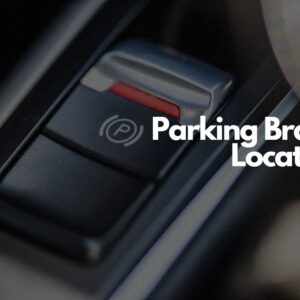For newbie drivers, parking can be one of the trickiest skills to master.
While there are general guidelines as to how you should park your vehicle, the task can be quite complicated for some drivers when factoring in vehicle specs like length and width.
Aside from those, you have to be extremely careful not to graze the panels of nearby vehicles when squeezing into a parking spot. Otherwise, you’ll be paying a lot more than a parking ticket.
The good news is that automotive manufacturers recognize this struggle, which is why they came up with dozens of parking assistance devices to help drivers.
Must-Have Parking Assistance Devices
Here are some parking assistance devices you might want to install to make parking your vehicle quick and easy.
Parking Assist Sensor
A parking assist sensor is typically mounted to a vehicle’s rear bumper. It comes with a transmitter attached to the rear and a receiver mounted near the dashboard to detect the distance between your vehicle and a nearby object.
Most parking sensors emit an audible beeping noise to warn you of nearby obstacles, but some can also display an image whenever you’re backing up to a parking space.
Parking sensors are beneficial for those who have trouble relying on their side and rear view mirrors when parking.
Average Price Range: $10-$40
Recommended Brands:
Parking Light
Parking lights are those that turn on before the headlights. These might not seem important when you’re parking in broad daylight, but they make all the difference when you’re parked in a poorly lit area.
When turned on, parking lights help other drivers see your vehicle, reducing the risk of getting scratched or dented.
There are generally three types of parking light configurations, including amber indicator-based, white, and headlight-mounted ones.
Amber indicator-based parking lights are the most common ones you’ll see in the US. These lights illuminate a steady orange glow in the front and rear lighting assemblies.
Average Price Range: $10-$40
Recommended Brands:
Park Assist Camera
Park assist cameras are an integral part of vehicles’ Advanced Driver Assistance Systems (ADASs). These cameras have been mandatory in the US since 2019, providing drivers with a clear visual when backing into parking spaces.
Park assist cameras are typically placed near the rear license plate as the area is usually a blind spot for drivers when parking in reverse.
For older vehicles that don’t have a backup camera, affordable alternatives include hooking up a monitor that goes onto the dashboard.
Average Price Range: $100-$250
Recommended Brands:
Mirror
The side mirror is one of the most basic parking assistance devices out there. For some drivers, a pair of side mirrors is the only thing they need to safely back into a parking space.
The side mirror lets you do the following:
- Check the status of adjacent vehicles.
- Check your rear when switching lanes.
- Check your vehicle’s distance from other objects and walls when parking.
- Check the boundary line when entering the garage.
Keep in mind that side mirrors must be placed at the right angles.
For the driver’s side mirror, the ground should be visible at about one-third of the time, while the passenger side mirror should show the car body about one-quarter to one-fifth of the way.
Average Price Range: $50-$100
Recommended Brands:
Rear View Mirror
Similar to side mirrors, the rear view mirror is another classic yet effective parking assistance device. It shares the same functions as side mirrors, but the former is more capable of giving the driver a clearer view of the vehicle’s rear.
Average Price Range: $15-$50
Recommended Brands:
Parking Aid
A parking aid works basically the same way as a parking assist sensor and other related proximity sensors.
A typical parking aid uses the time difference between two signals to calculate the distance between the vehicle and an obstacle that can be as far as 2.5 meters away.
Parking aid configurations can vary, depending on the manufacturer. Some parking aids use an audible alarm, while others combine the alarm with a visual warning signal.
Average Price Range: $100-$250
Recommended Brands:
Dash Camera
A dash camera might not be designed exactly for parking purposes, but it can still get the job done.
Typically mounted to the dashboard, the dash cam is essentially a silent witness that records anything and everything that happens when you’re out on the road.
The dash cam doesn’t necessarily have to be turned off when you’re out of your car, making the camera a great addition to your daily driver’s accessories.
If you think you don’t need a dash cam, you might want to think again. A lot of accidents tend to happen when you’re away from your vehicle, including dents, scratches, theft, and hit-and-runs, among others.
Without a proper dash cam, perpetrators can easily get away with these kinds of damage.
Another good thing about having a dash cam is that it can give you peace of mind whenever you’re away from your vehicle. A lot of drivers have completely ditched the noisy alarms that tend to wake up an entire neighborhood and have resorted to installing dash cams instead.
Depending on the manufacturer, the recordings of a dash cam can be easily accessible from a smartphone, tablet or computer, so you don’t have to leave your house to see if your vehicle is safe from thieves.
When installing a dash cam, keep in mind that it’s not made to be an accident-prevention device. Instead, it functions as a recording device that gives you an unbiased record of an accident that took place.
Average Price Range: $20-$50
Recommended Brands:
Any information provided on this Website is for informational purposes only and is not intended to replace consultation with a professional mechanic. The accuracy and timeliness of the information may change from the time of publication.










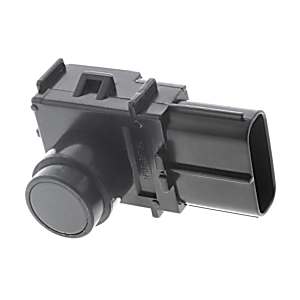 Vemo Parking Assist Sensors
Vemo Parking Assist Sensors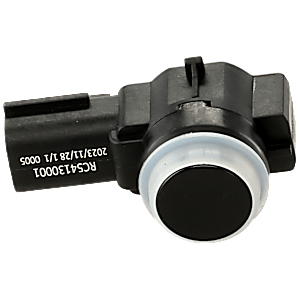 Replacement Parking Assist Sensors
Replacement Parking Assist Sensors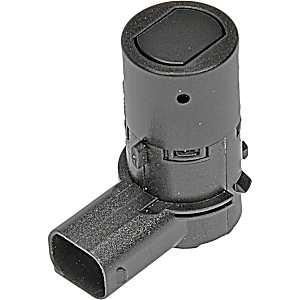 Dorman Parking Assist Sensors
Dorman Parking Assist Sensors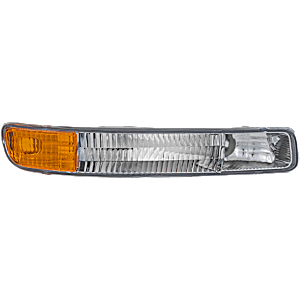 Replacement Parking Lights
Replacement Parking Lights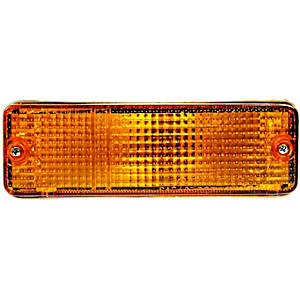 Dorman Parking Lights
Dorman Parking Lights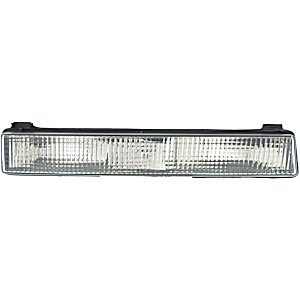 ReplaceXL Parking Lights
ReplaceXL Parking Lights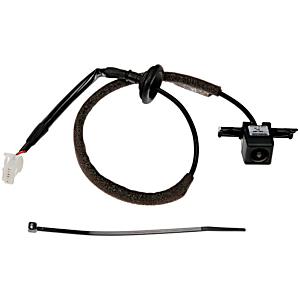 Dorman Park Assist Cameras
Dorman Park Assist Cameras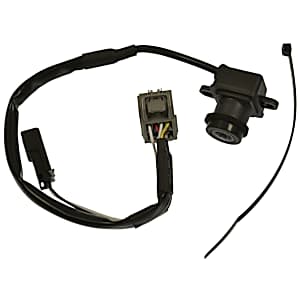 Standard Park Assist Cameras
Standard Park Assist Cameras Vemo Park Assist Cameras
Vemo Park Assist Cameras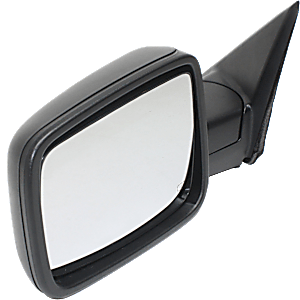 Kool Vue Mirrors
Kool Vue Mirrors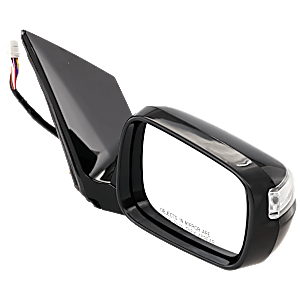 JC Whitney Mirrors
JC Whitney Mirrors AC Delco Rear View Mirrors
AC Delco Rear View Mirrors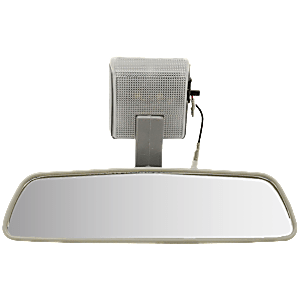 Kool Vue Rear View Mirrors
Kool Vue Rear View Mirrors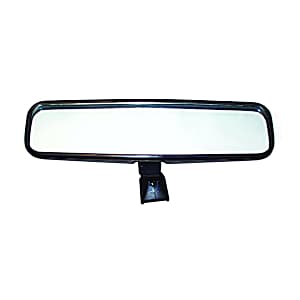 Crown Rear View Mirrors
Crown Rear View Mirrors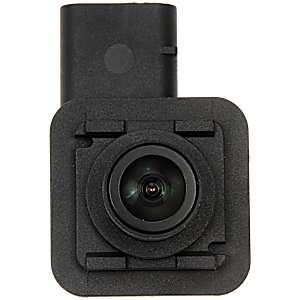 Dorman Parking Aids
Dorman Parking Aids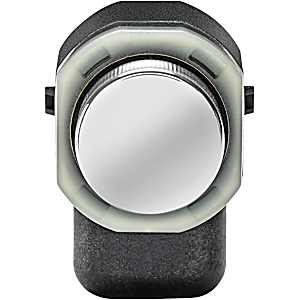 Valeo Parking Aids
Valeo Parking Aids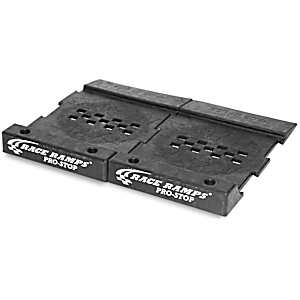 Race Ramps Parking Aids
Race Ramps Parking Aids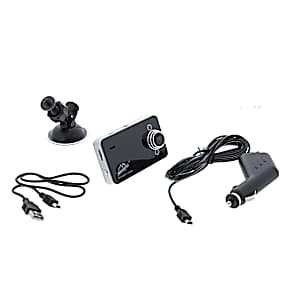 Armor All Dash Cameras
Armor All Dash Cameras


